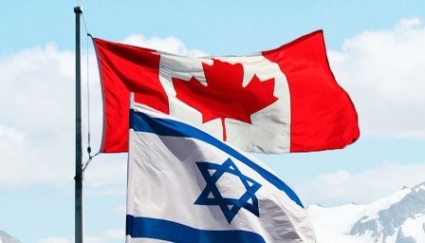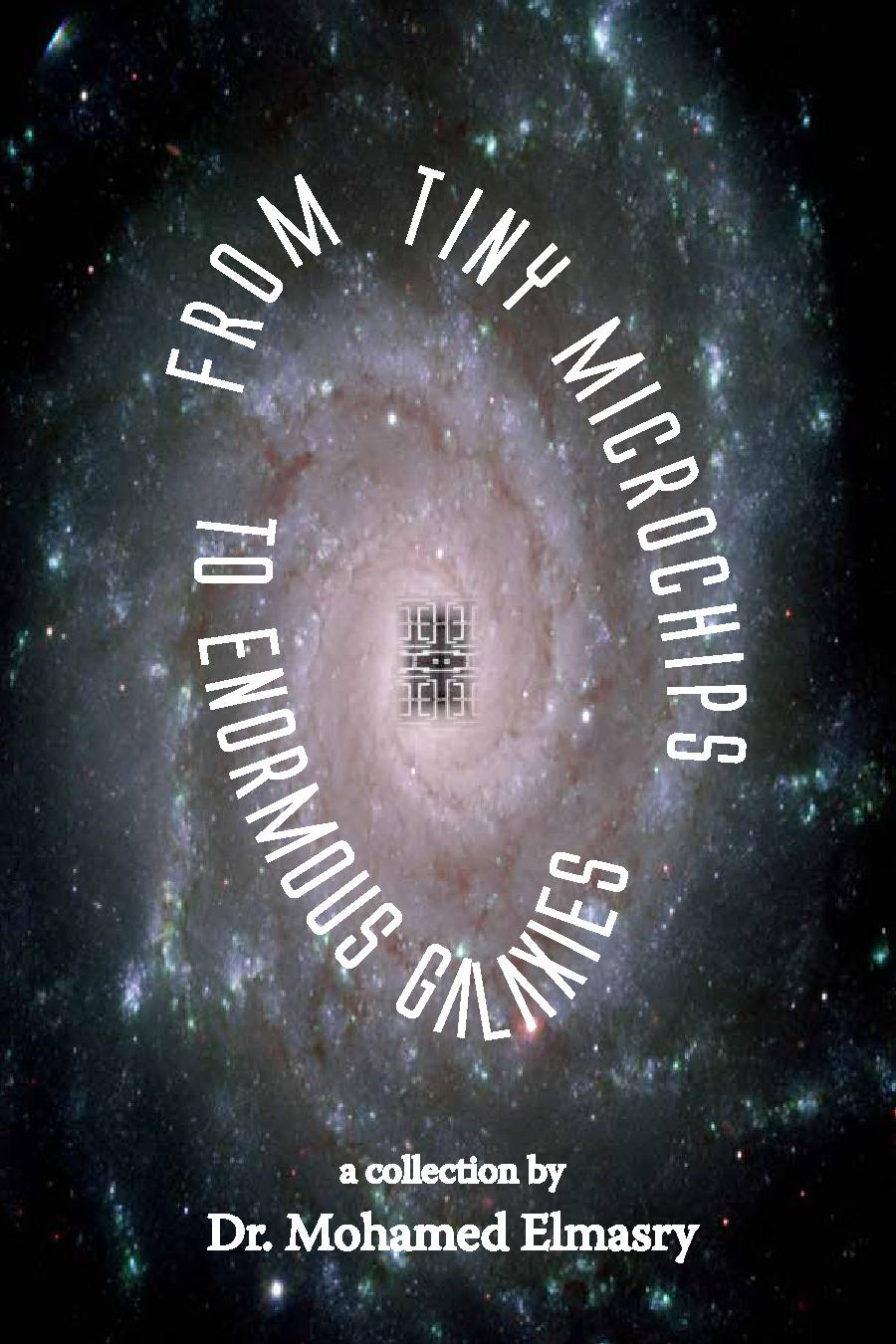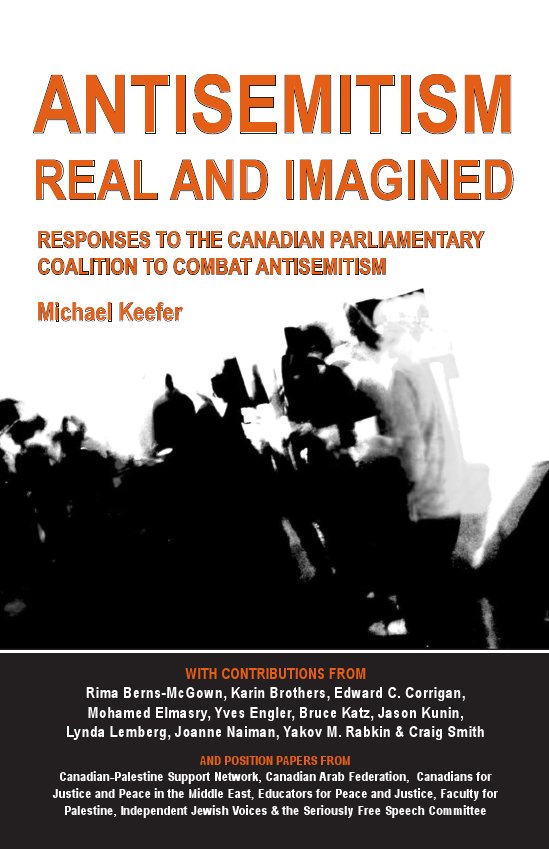April 14, 2015
Shame on Israel: The native Bedouins in a Jewish state

Imagine going home and finding that your home is not there. Since the ceasefire agreement of 1949, this has been - and continues to be up until the present time - the experience of the Bedouins in Israel, according to Amos Gvirtz, an Israeli peace activist and co-founder of the Israeli Committee Against House Demolitions (ICAHD) and of the local FOR (Fellowship of Reconciliation) chapter in Israel.
Speaking at a recent presentation entitled "Being Bedouin in a Jewish state: dispossessing Palestinian- Israeli citizens inside Israel", at Beit Zatoun in Toronto, Mr. Gvirtz said that although the Bedouins are characterized as criminals in the Israeli media, their only crime is to have been born Bedouin in a Jewish state.
Mr. Gvirtz said that 12 or 13 years ago, the Israeli government was demolishing about 250 houses a year; but the demolitions have increased dramatically in recent years.
“In 2011 they demolished 1,000 houses. Now they're demolishing about 800 per year and the media is not reporting it, so it didn't happen.”
He said that prior to the founding of the state of Israel, Jews made up 10 per cent - at most - of the population of The Negev – a desert and semi-desert region of southern Israel, which is the traditional home of the Bedouins. The Negev itself constitutes some 60% of Israel.
In the fall of 1948, amid the war, the IDF ousted the Egyptian army from most of the Negev desert, and the Bedouin fled to Sinai, Jordan and the Mount Hebron region.
In the 1950's, the Israeli government implemented a policy to concentrate Bedouins in the sayag zone. This involved forcing the people off their land and forcing them to pay rent if they wanted to come back, which Mr. Gvrit said in essence means they are acknowledging that it's not their land.
In 1955, - the same year they were given citizenship - the Israeli government corralled the Bedouins in the Negev into the sayag - a 1,100-km-sq area tracing the swath of land between Beersheba, Hebron, Arad, and Dimona. The fact that the Abu-Rabia, Abu Karinat, and Huzeil clans, among others, already lived there did not deter the Israeli government, which told the Bedouin that the relocation was temporary.
Mr. Gvrit's said this Israeli government policy was “confiscating the Bedouins' land in accordance with the Zionist ideology of expanding Israel's territory, by kicking as many Palestinians as possible out.
“A land confiscation officer comes to the field with a document declaring the land confiscated. This is usually a passive event. An entire family has lost its means to make a living. One side invades the territory and then forces the other off the land. It's military power against defenceless civilians – a one-sided act of war. For house demolitions, they always have documents. They always have the law on their side.”
Mr. Gvirtz said according to the 1960 census there were only 11,000 Bedouins in the Negev, but today there are 240,000, which Mr. Gvirtz characterized as “a dramatic increase in the poorest of populations.”
He added that in the 1960's the Israeli government developed a new policy - squeeze the Bedouins into towns.
“They took the tribes from their land to another place and then said: 'You are invaders,' so their villages are not recognized. There are 45 to 47 unrecognized villages.”
From May 1971 to October 1979, Israel opened the courts to the Bedouin communities to make formal land-ownership claims. Some 3,300 claims were listed — today there are 12,000 claimants — asserting ownership or entitlement to roughly 220,000 acres of land. The claims cover almost all of the sayag area, which amounts to about a twelfth of the entire Negev.
In the 35 years that have ensued, Israel has resolved, via compensation, only 12 percent of the cases, representing 18 percent of the land. Crucially, of the 80 cases heard in the Beersheba District Court, Former Supreme Court Justice Eliezer Goldberg wrote, “not one single verdict of all the verdicts handed down to this day, has accepted the Bedouin plaintiff’s claim of ownership over the land he has filed for.”
“It can be said,” Justice Goldberg continued, “that in so far as the legal battle of ownership is concerned, the hands of the Bedouin, also in the future, will be on the bottom.”
This is largely because Plia Albeck, the head of the Civil Department at the State Attorney’s Office for more than two decades, a pivotal figure in the legal battles over land in the West Bank and the Negev, ruled in October 1975 that all of the land within the sayag was muwat land and therefore “the Bedouin may not attain any rights, neither through ongoing holding nor cultivation.” The land belonged to the state.
Currently, both sides weigh the incomplete Bill on the Arrangement of Bedouin Settlement in the Negev (also known as the Prawer Plan) – a piece of legislation that has received hundreds of millions of dollars of funding but has not yet been written into law – the central issue is: ownership vs. compensation. Does the state own the land and is therefore within its right to move the Bedouin into either new or already existing towns and villages, with relatively scant compensation? Or do the Bedouin citizens own the land and therefore should be allowed to remain in place or, if moved, then only by consent and only with the assistance of significant compensation?
Today, the Negev is home to many of the Israel Defense Forces major bases.
As of 2010 the Negev was home to some 630,000 people (or 8.2% of Israel's population). Seventy-five per cent of the population of the Negev are Jews, while 25 per cent are Bedouin. Of the Bedouin population, half live in unrecognized villages and half live in towns built for them by the government between the 1960s and 1980s; the largest of these is Rahat.
Mr. Gvirtz asks: Who protests? Who breaks relations with Israel? Nobody.
He said he hopes more and more people understand that they're allowed to criticize Israel.
“The fact that you are Jewish doesn't make you immune to criticism.”








